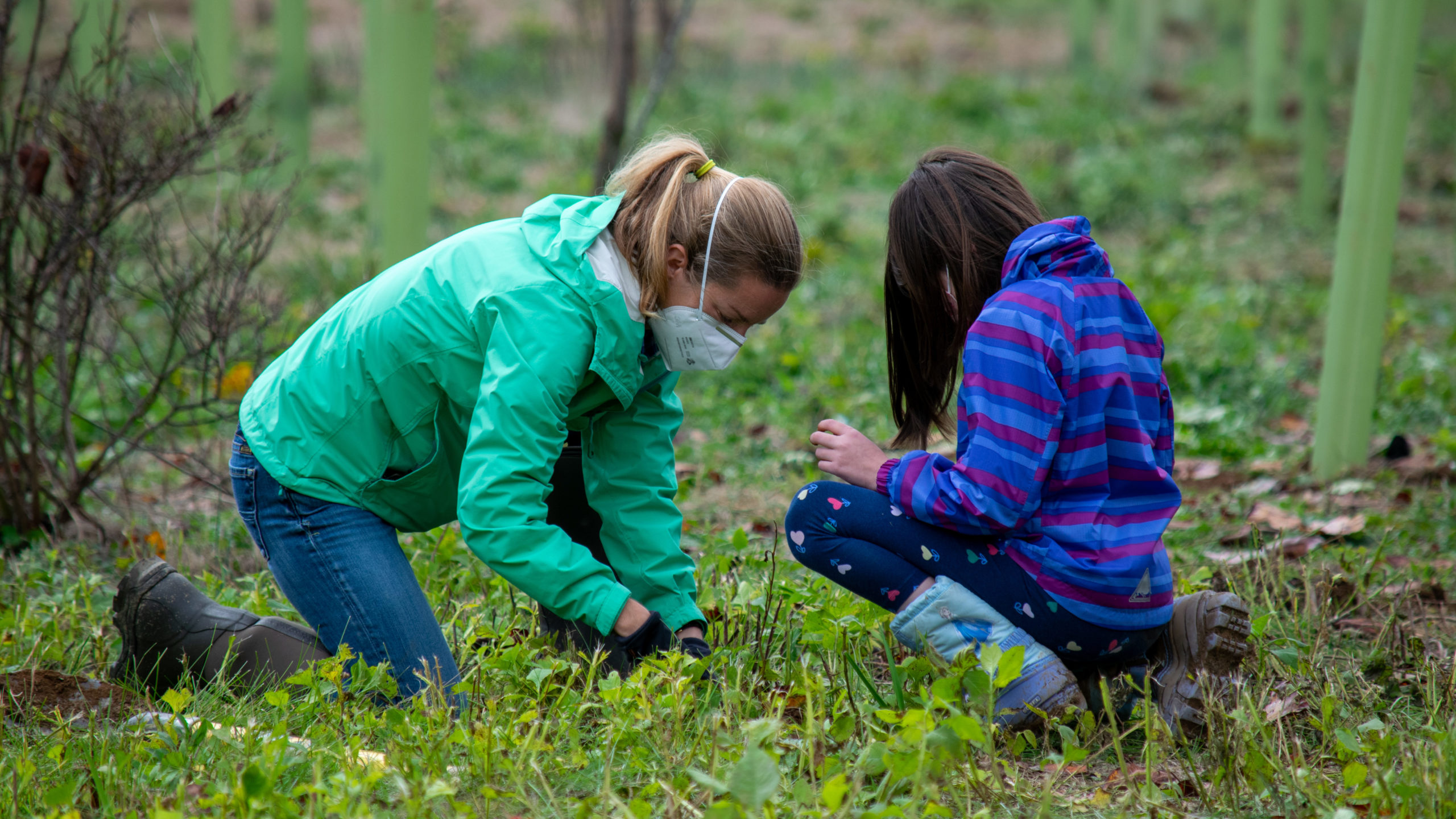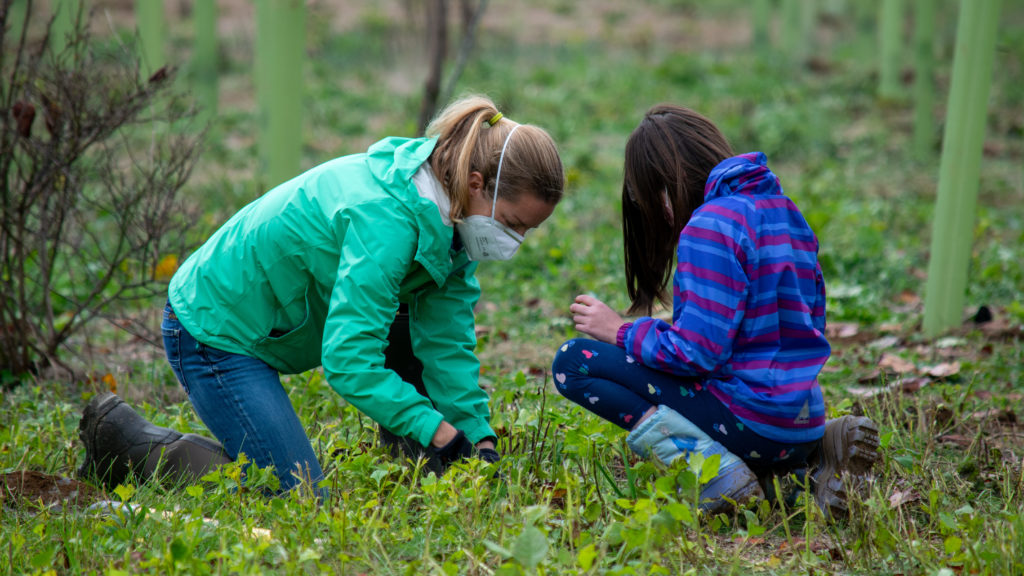Our partners at the James River Association, Virginia Department of Forestry, and Chesapeake Bay Foundation are working with landowners across the middle and upper James watershed to restore or create forest buffers that improve the quality of local waterways.
Plantings for the Piedmont
PEC and some of our partner organizations offer programs across our 9-county region that provide free technical assistance, project design, materials, and labor for the planting of native trees and shrubs in riparian zones on qualifying properties.
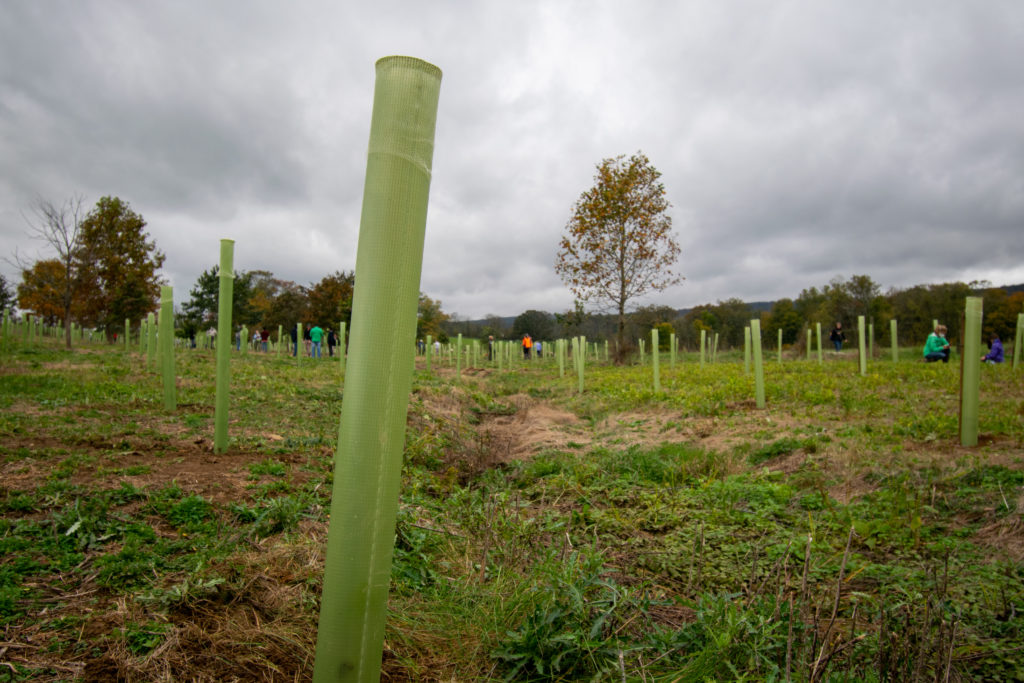
Potomac Planting Program
The Potomac Planting Program includes properties in the Potomac River watershed of Clarke, Loudoun and Fauquier counties.
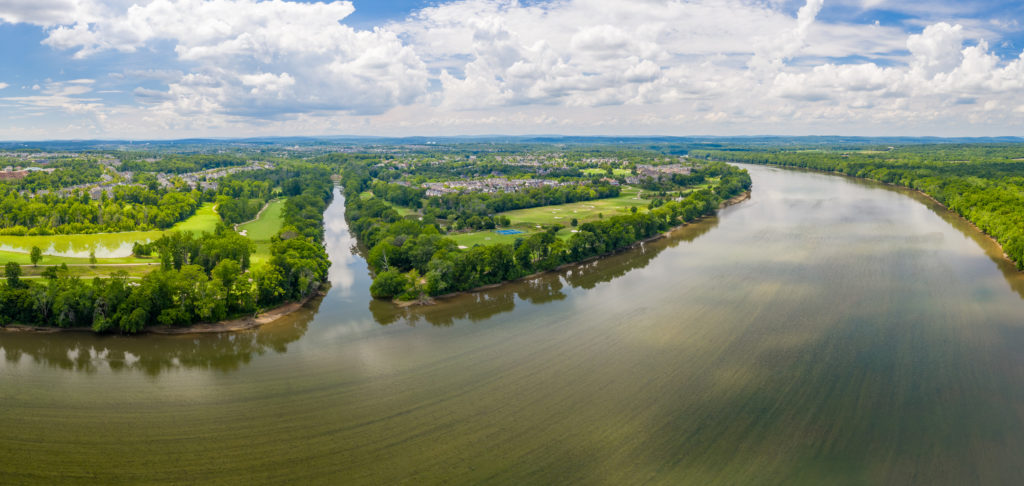
The Land Along Life-Giving Water
This fall, we received two important grants to support and expand our work protecting rivers and streams.
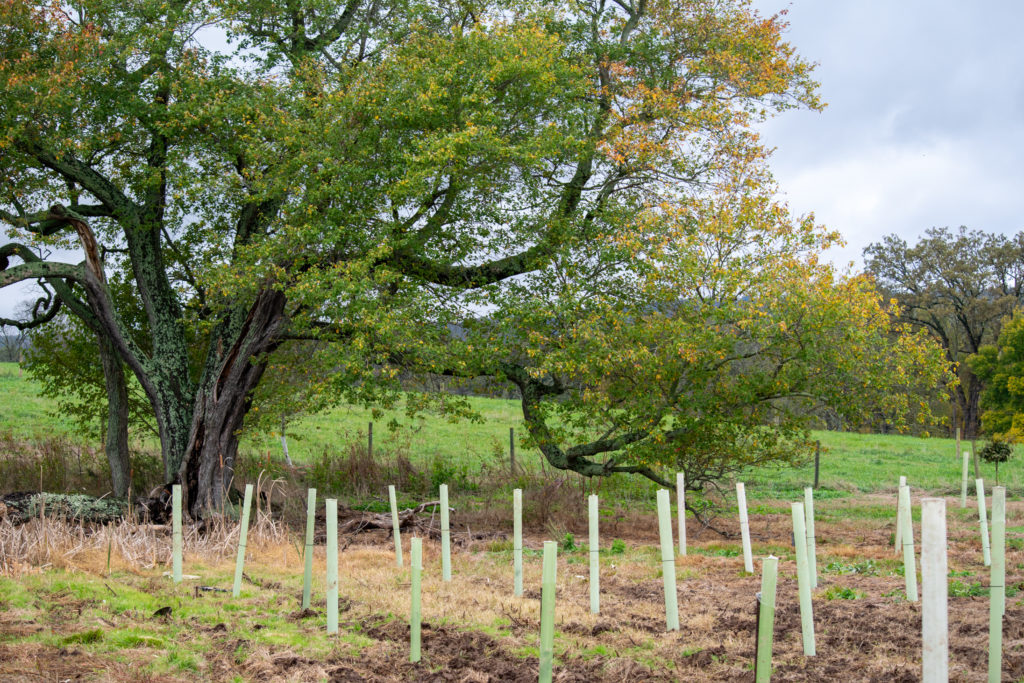
750+ Trees Planted at Sky Meadows State Park
In October, volunteers helped plant 3.5 acres of trees to protect the Goose Creek Watershed.
Video: Fish Surveys with Virginia DWR
PEC teamed up with the Virginia Department of Wildlife Resources to monitor the health of aquatic communities at two of our habitat restoration sights in Rappahannock County: Bolton Branch and Piney River!
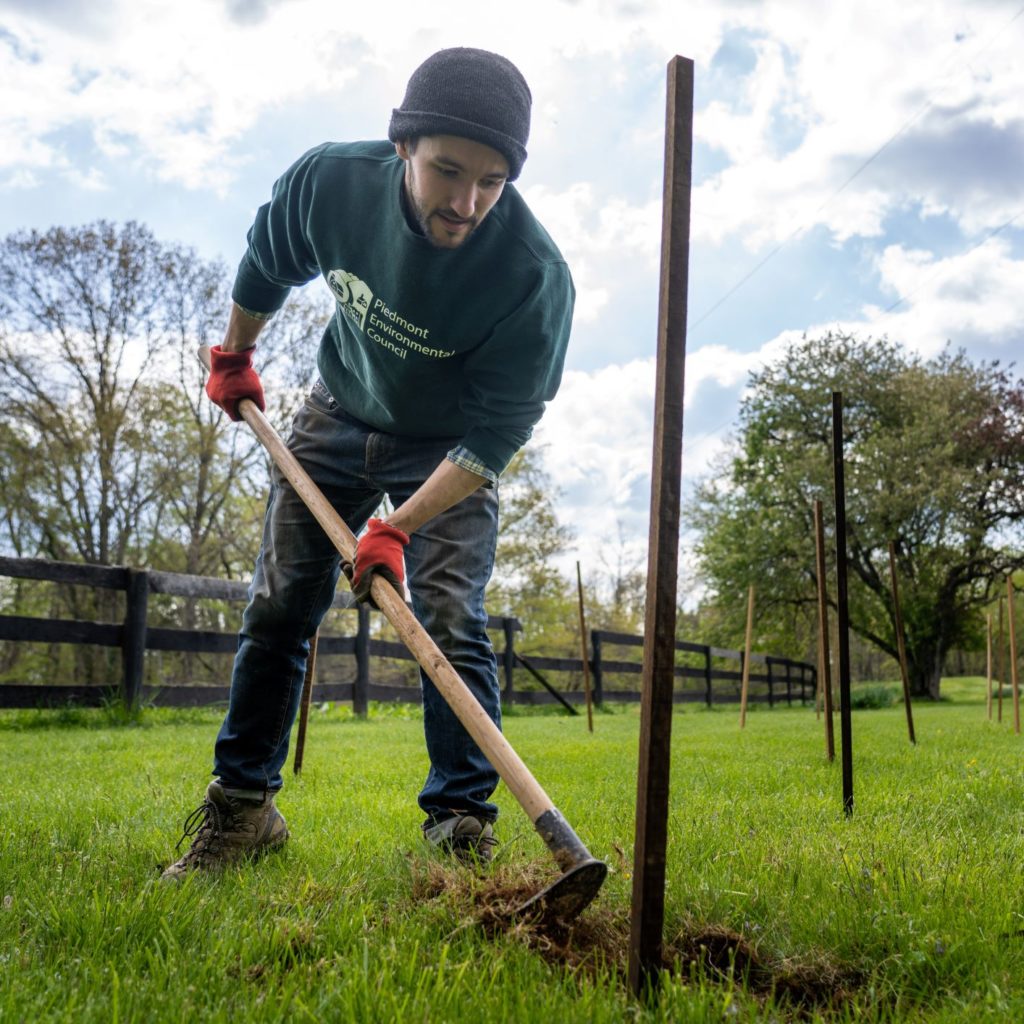
Video: Meadows Farm Tree Planting
WATCH: PEC staff and volunteers planted 300 trees at Meadows Farm in Fauquier County on Earth Day!
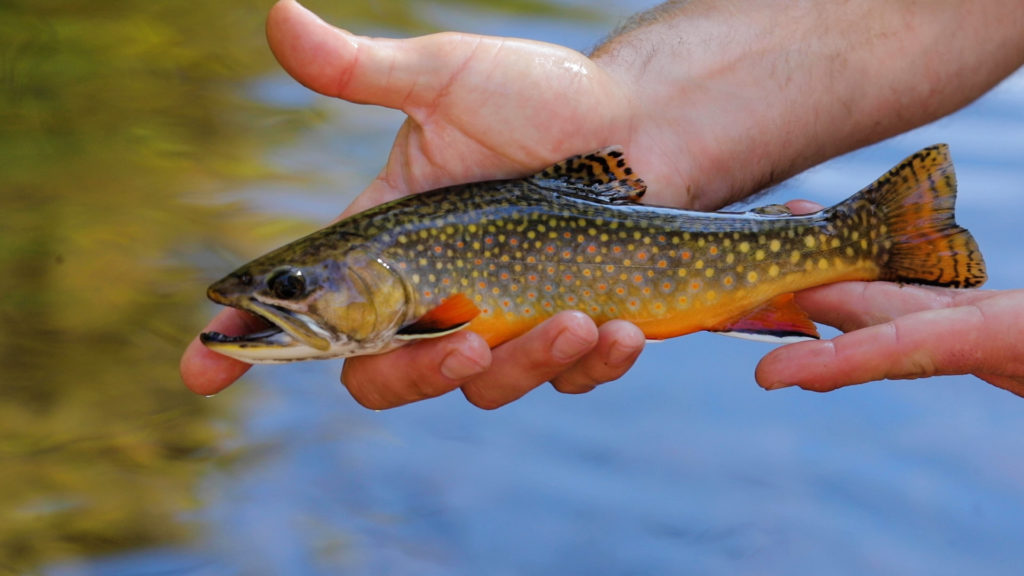
Video: Free Flow
A must-watch!! We’re so excited to bring you this video about our largest trout stream restoration project to date, on Bolton Branch in Rappahannock County on the border of Shenandoah National Park.
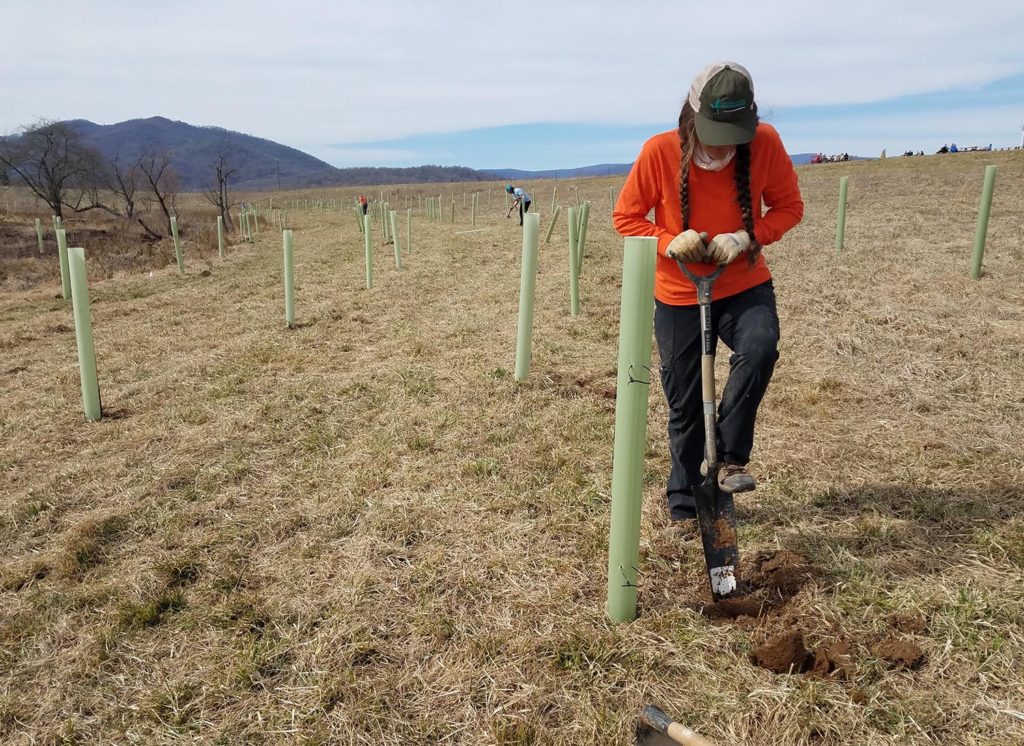
Pen Druid Tree Planting
Part of a collective effort to get native trees and shrubs planted in riparian zones in headwater counties of the Rappahannock River Watershed.
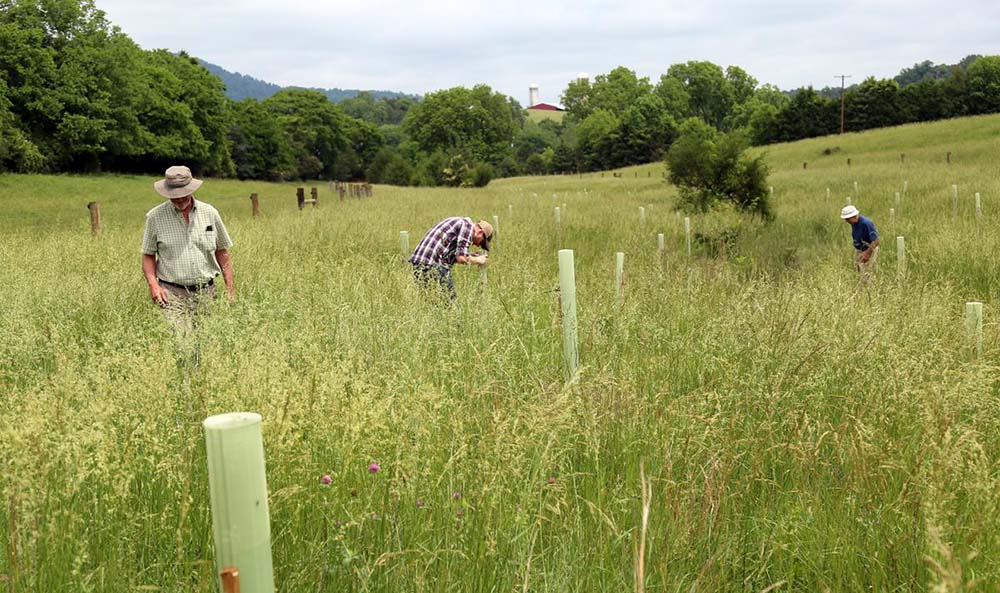
A Legacy of Love
Through the Headwaters Stream Initiative, an astounding 3,765 trees were planted on 16 acres the Goodall property in Madison County, including 4,600 linear feet of stream.
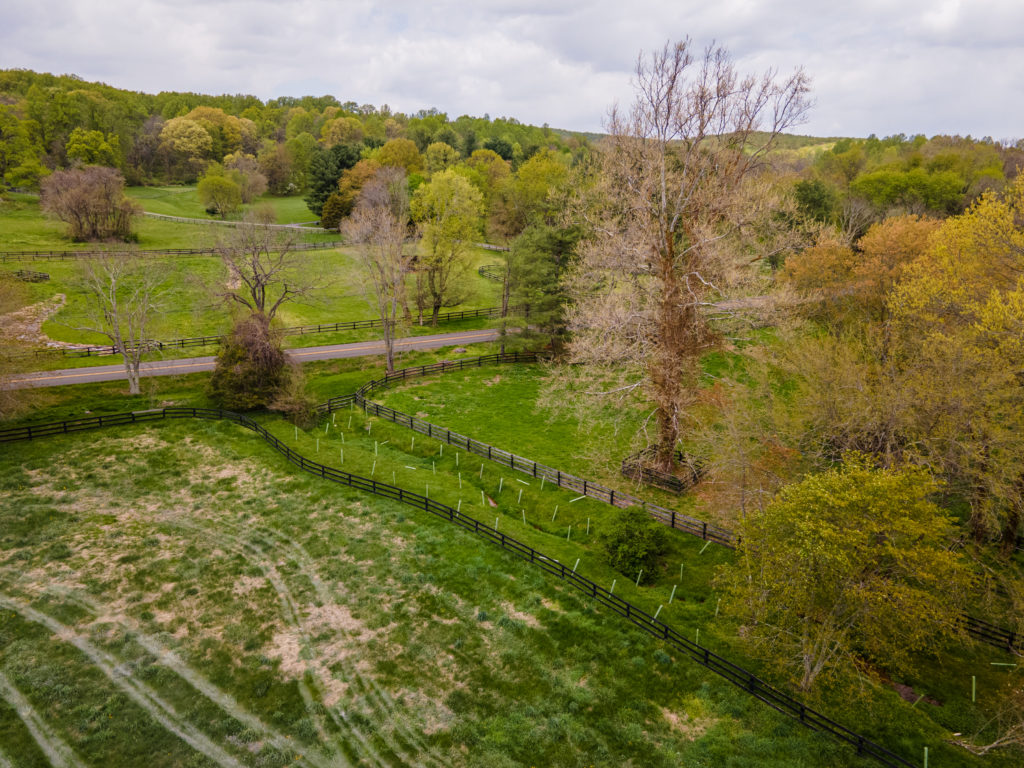
Other Cost-Share Programs
Learn more about the Conservation Reserve Enhancement Program (CREP) and Soil & Water Conservation District Ag BMP cost-share programs.

